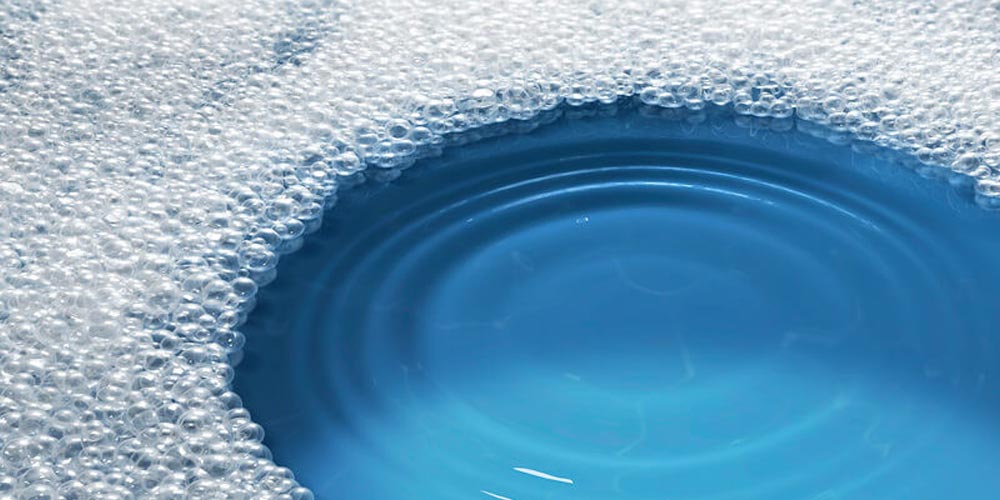Bubbles or foam occur when gas is introduced and trapped in a solution along with surfactant. These bubbles may be large bubbles or bubbles on the surface of the solution, or they may be small bubbles distributed in the solution. These foams may cause trouble to products and equipment (such as Raw material spillage leads to reduced production capacity, machine damage, or deteriorated product quality, etc.).
Defoaming agents are key to preventing and controlling foam. It can significantly reduce or inhibit the formation of bubbles. In water-based environments, the right antifoam product can minimize or eliminate foam-related problems.
The following issues should be considered when selecting a defoamer:
1. Determine the specific application that requires defoaming. Different application scenarios may require different types of defoaming agents. Common applications include industrial processes (such as food processing, wastewater treatment and chemical manufacturing), consumer products (such as paints, coatings and detergents) and pharmaceuticals.
2. The surface tension of the defoaming agent must be lower than the surface tension of the foaming solution.
3. Ensure compatibility with the solution.
4. The selected defoamer must be able to penetrate into the thin layer of foam and spread effectively at the liquid/gas interface.
5. Not dissolved in foaming medium.
6. The solubility of the defoaming agent in the foaming solution must be low and must not react with the foaming solution.
7. Review the manufacturer’s technical data sheet, safety data sheet, and product literature to learn about the properties, operating instructions, and safety precautions associated with each defoamer.
When selecting a defoamer, it is best to conduct experimental testing to verify its performance under specific conditions before making a final choice. At the same time, you can consult experts or suppliers in the industry to obtain more suggestions and information.
Post time: May-14-2024


